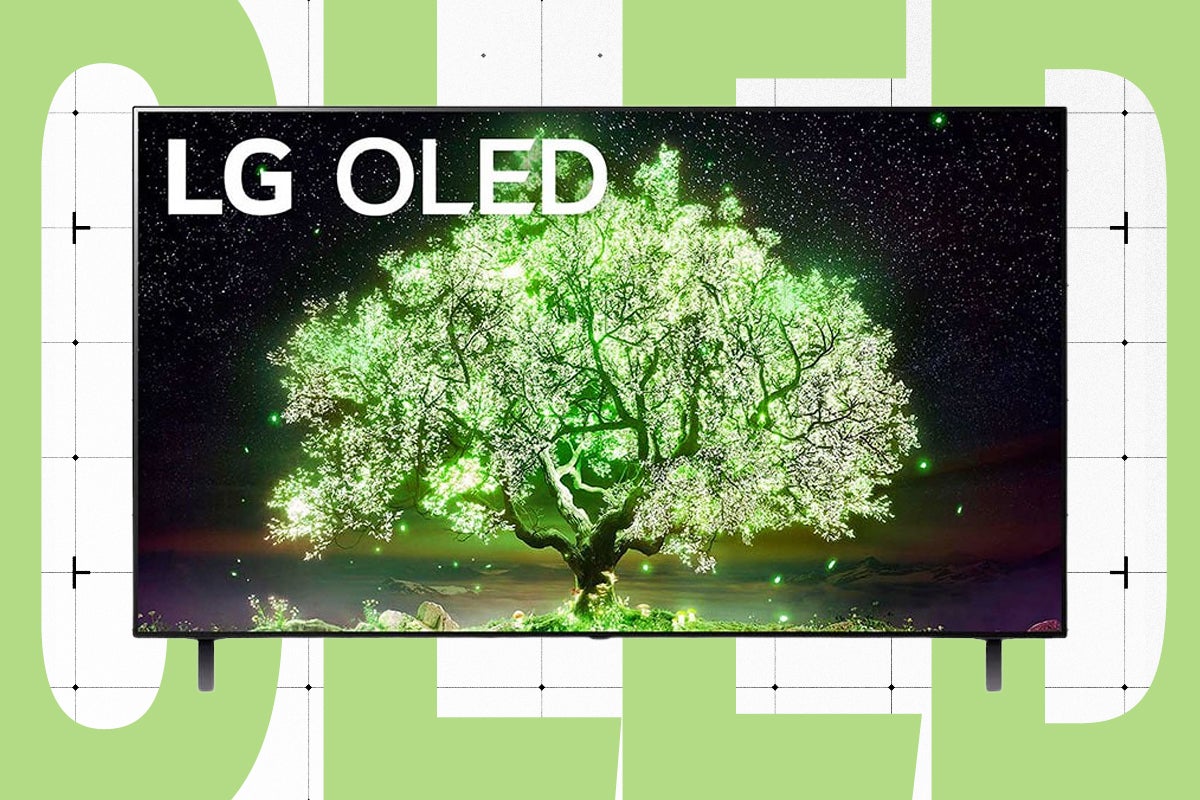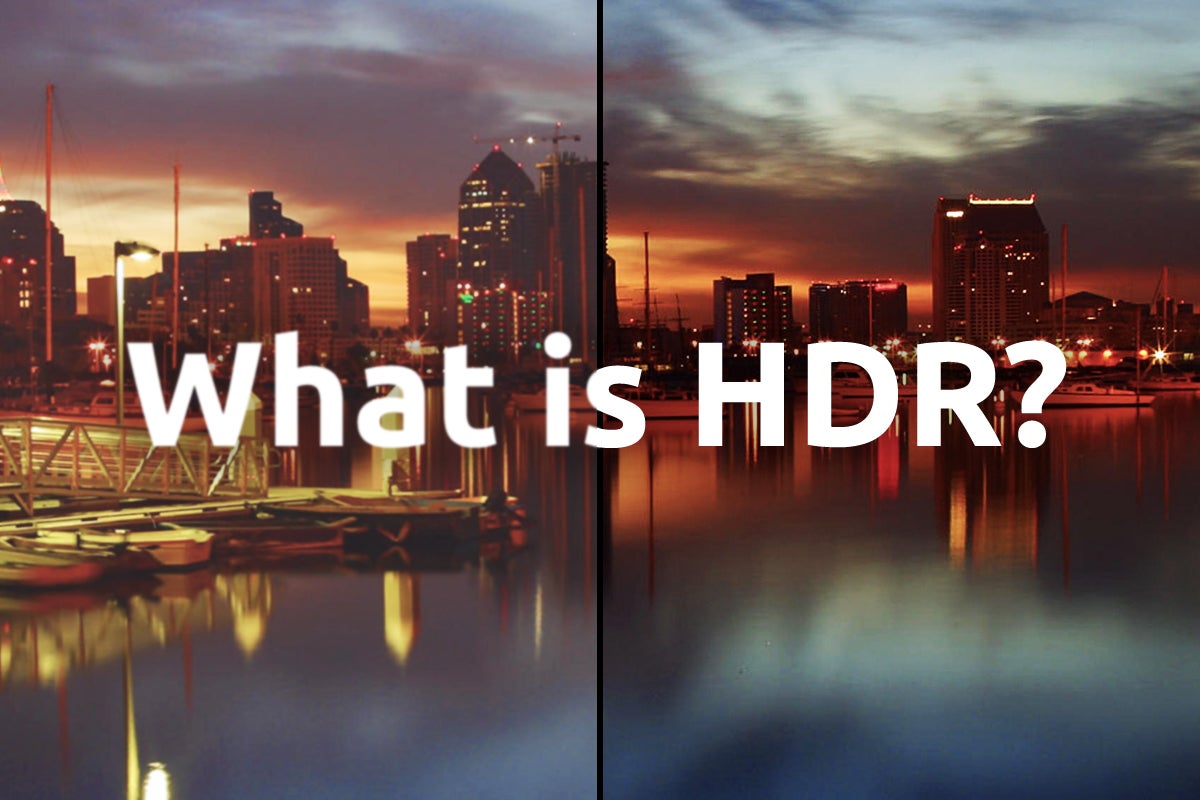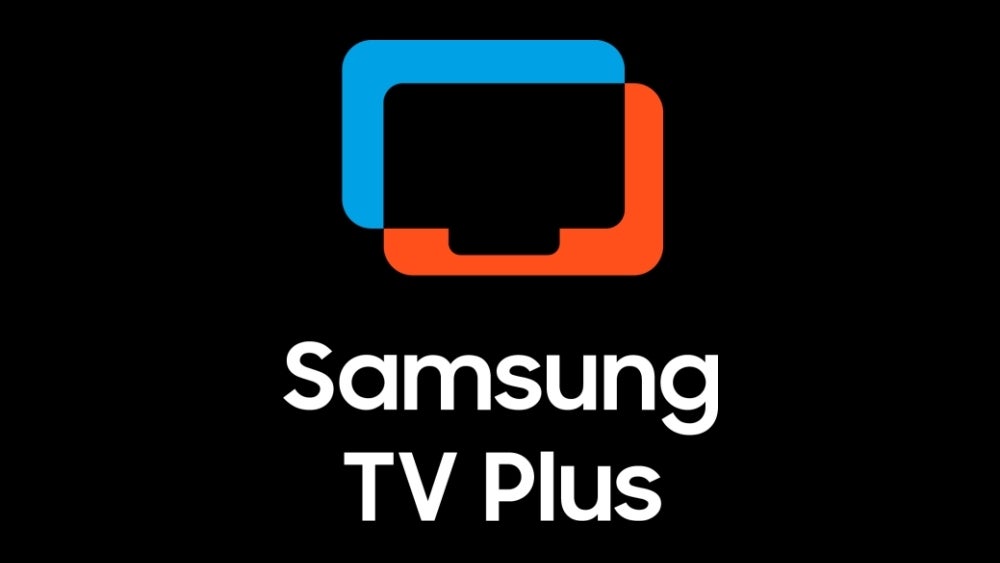What is Philips Ambilight? The bias lighting technology explained
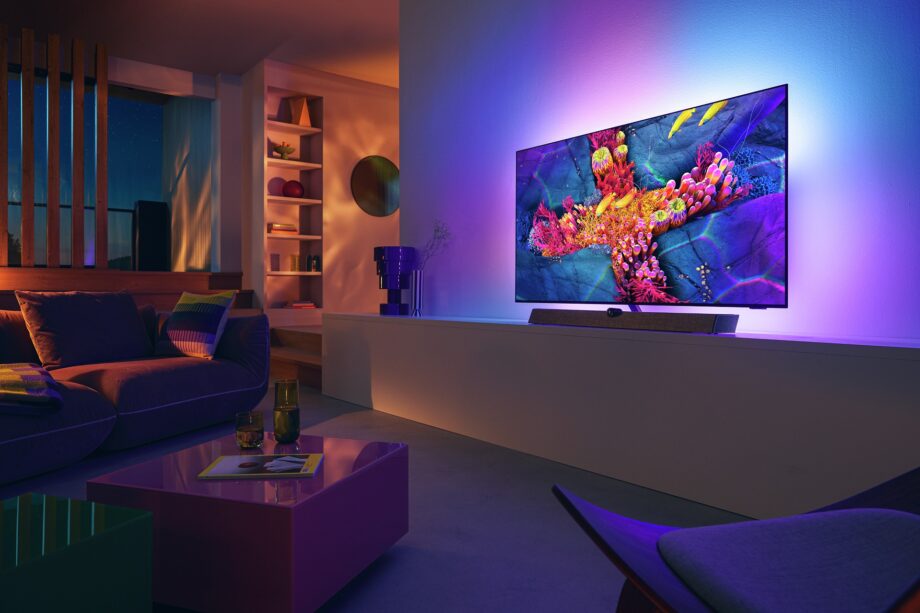
If you’ve bought a Philips TV, you’d have noticed they come with a technology called Ambilight, which is designed to take the TV viewing experience and turn it into an immersive one.
Ambilight is a mash–up of the words ambient and light, and it’s unique to Philips TVs – you won’t find the technology on any other TV apart from Philips.
It was first thought up in 2002, with the first TV with Ambilight launching a few years later. It’s since become a defining feature and is often cited by viewers as a reason why they keep coming back to Philips’ Ambilight TVs.
There’s nothing quite like Ambilight, but if you’re not aware of it, what is Philips’ Ambilight?
What is Ambilight?
Ambilight is a form of bias lighting, which is a light source on the back of a panel or screen that illuminates the surface behind it in real-time.
It was developed by Philips’ ASA Lab over twenty years ago and first appeared in Philips’ TVs in 2004.
Philips’ solution uses a strip of LED lights around the edges of the rear panel and can adjust the light emitted both in terms of its brightness and range of colours, reflecting what’s seen on the screen itself. Currently Ambilight tracks the colours in video, audio, and photos.
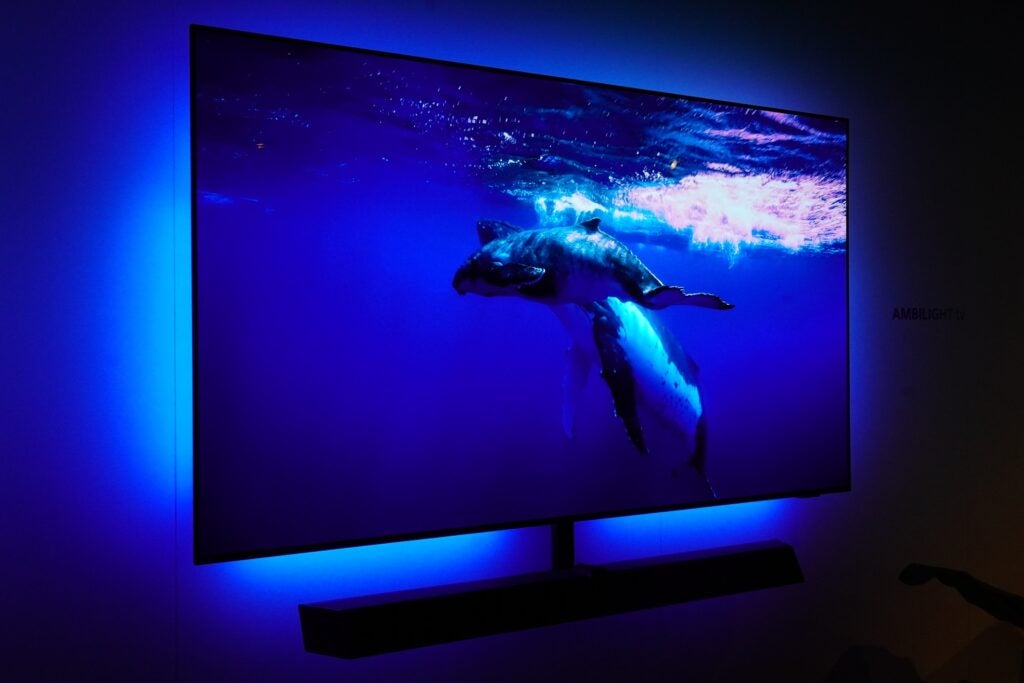
Ambilight or bias-lighting is said to reduce eye strain, so viewers develop less eye fatigue when watching TV. It can also be customised by the user, so it can be adapted to the type of content you’re watching, or you can give it a greater effect by telling the TV what colour surface the Ambilight is being projected onto.
Ambilight is available in three- and four-sided forms, though the current models are only available in three-sided versions. There are wireless speakers that also support Ambilight when paired with the TV.
The scuttlebutt is that Philips is planning something big regarding Ambilight when it celebrates its twentieth anniversary in 2024.
What is Ambilight Aurora?
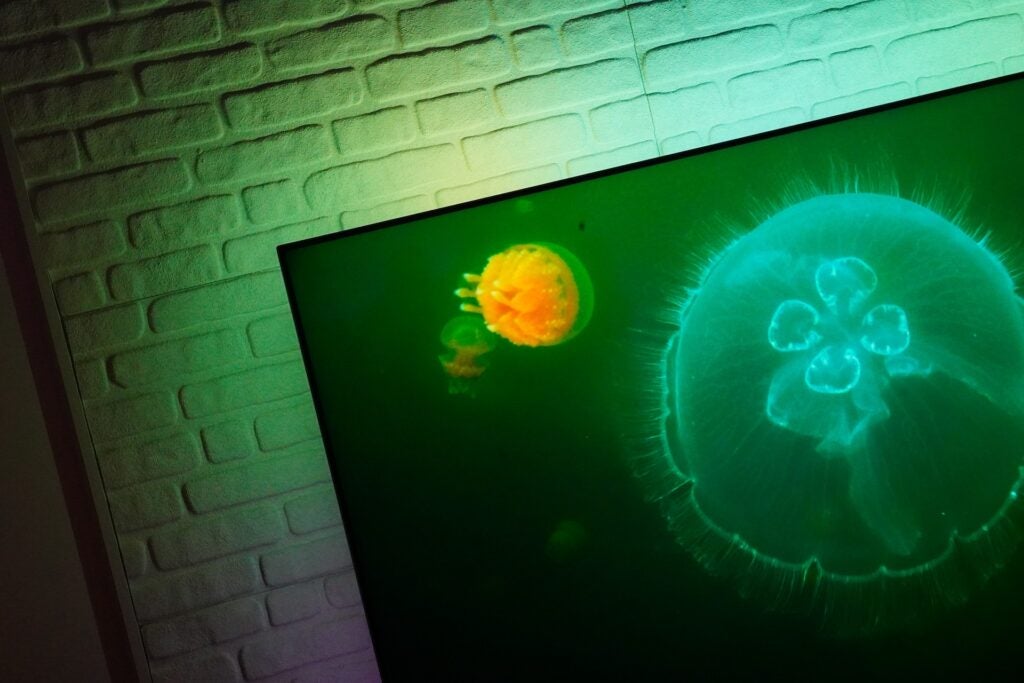
Ambilight Aurora is what Philips calls its next-gen version of the technology. The LED strips on the back are divided into groups that allow for more individual control over the light emitted. The idea is that you can get a wider range of colours emitted, so it more precisely tracks the colours on screen.
There’s also a gallery function that Philips introduced to some of its TVs back in 2022, which adds the Ambilight effect to pictures. It doesn’t work with user-generated content as that can’t be uploaded, but works with a pre-selected gallery of images.
Is Philips Ambilight worth it?
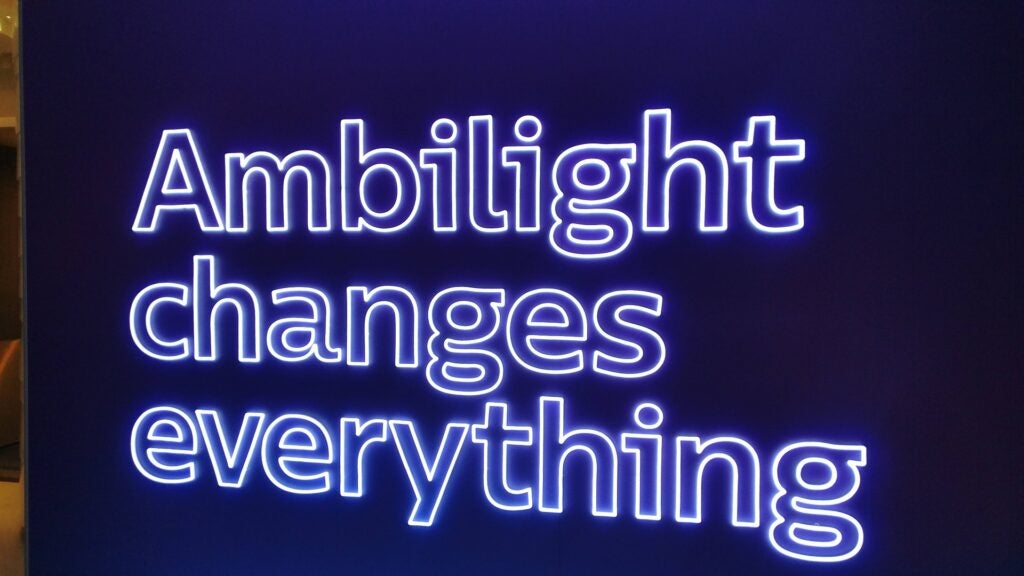
There is nothing quite like Ambilight on the market, and what it adds to the viewing experience can’t be understated. In the right environment, it provides more immersion in what’s on screen and most of all, it just looks cool.
That said, you’ll need the right kind of environment to get the best from it. You wouldn’t want to place a Philips Ambilight TV in front of a window as you wouldn’t get as strong an effect. A black surface behind the TV isn’t the best either, as that can absorb the light emitted from the LEDs and make it less effective.
If you watch TV and films in a dark room, that’s when you’ll get the best and most vibrant Ambilight performance. Philips offers customers a 100-day trial, and if you’re not happy, you can send it back. That just shows the level of confidence it has in the technology, and having experienced it many times, we wouldn’t say that confidence is misplaced.
FAQs
Yes, anyone with Philips Hue lightbulbs can extend the Ambilight experience to the lights on the wall, filling the room with the same colours you see on the TV screen.
Not all Philips TVs support Ambilight. For example, many of their cheaper and smaller-sized offerings don’t support the feature.



